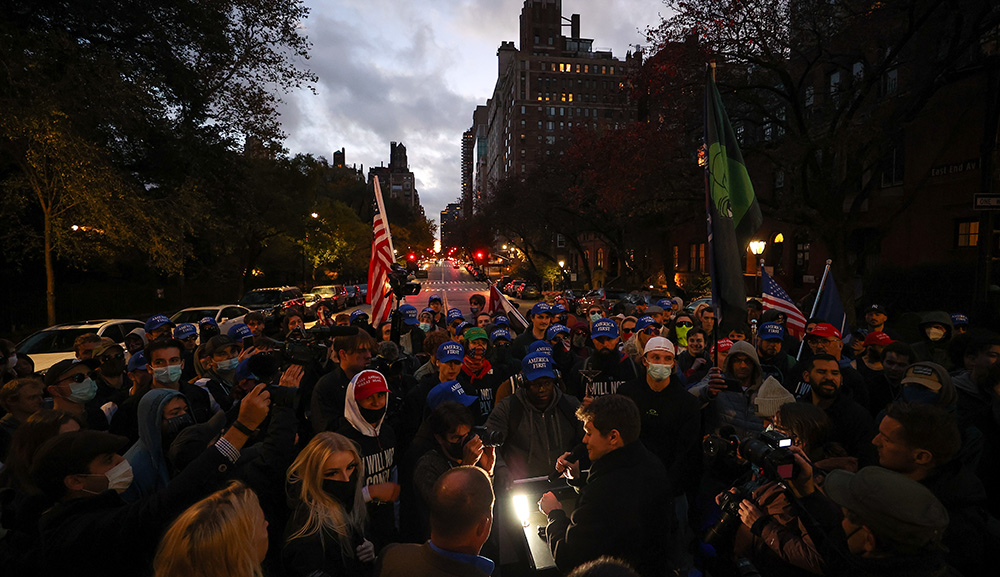Last week, UNESCO passed its already infamous resolution about the Temple Mount that makes no mention of any historical or present-day Jewish connection to the site. Voting in favor were Muslim enemies and allies of Israel—Algeria, Lebanon, Iran, Egypt, and Morocco—while France and Spain abstained. In response, Israel cut ties with the organization. The unwillingness of the two Western countries to contest the most wildly false Muslim claims is both regrettable and typical, writes Ephraim Herrera:
A Muslim country’s recognition of the Jewish people’s right to any [of the biblical holy] places is considered by Islam to be heresy. . . . Any Israeli effort to sway the Muslim vote, including among countries with which it has ties, is destined to fail.
A month ago, the French newspaper Le Figaro published an interview with a researcher who analyzes seventh-grade textbooks, as this is the grade in which the French curriculum teaches about Islam. His main conclusion was that [the books] “swept under the rug anything that could interfere with conflict-free teaching of the history of Islamic culture, in a manner bordering on servility—all in the service of dogmatic praise for a shared life.” The researcher raised examples not only of ignored facts, but also of factual distortions.
The reason behind this sort of behavior on the part of Western countries is fear, whether of conflict with their own Muslim communities or of conflict with the Muslim countries that buy tens of millions of dollars of their products. . . . Israel must refuse to be the scapegoat for the West’s obsequiousness. The decision to cut ties with UNESCO is an important step in that direction.
More about: Europe and Israel, Islam, Israel & Zionism, Temple Mount, UNESCO


